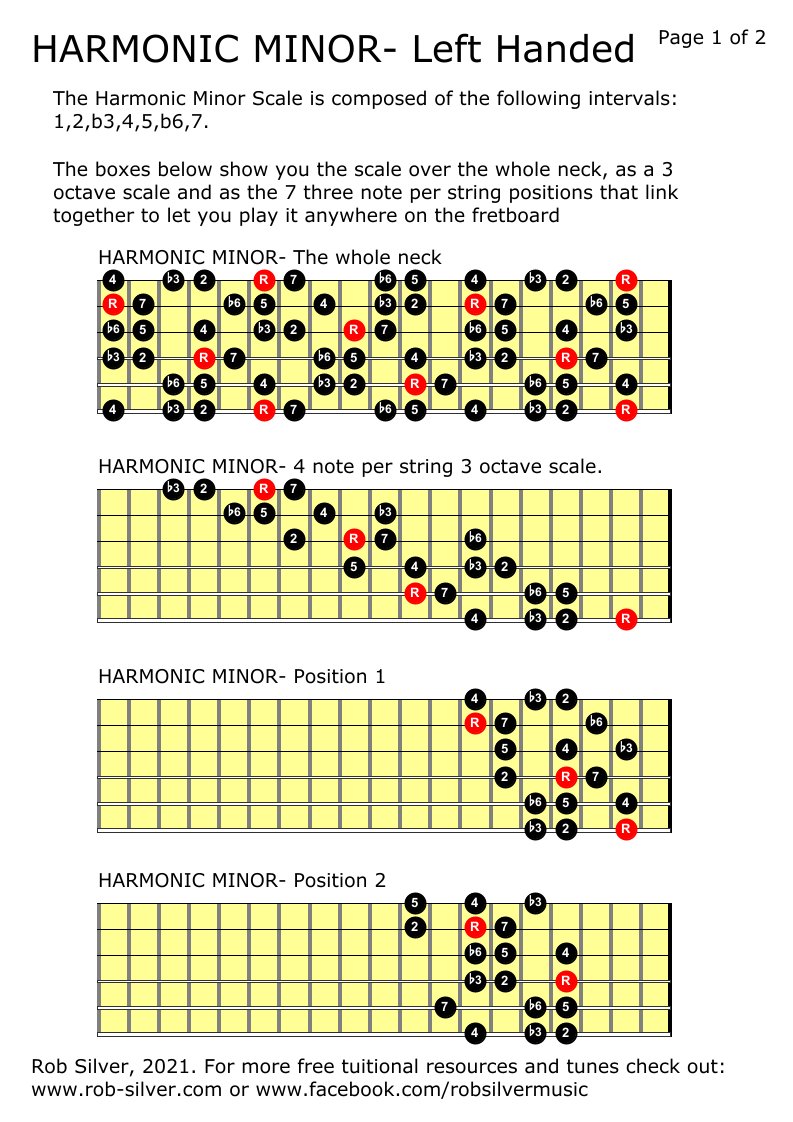

In all major scales, the 7 th note is a semitone away from the root. The B is called a leading tone it’s a semitone away from our resolution, the C, the root of our scale. What you did is resolving the B by playing the next note a semitone higher, the C. You can solve this ‘problem’ by playing the next note a semitone higher than the B, which is the C (the root of our C major scale). When you end your line on the B, it sounds as if something is missing, as if it’s not finished. Play the C major scale starting on C and go up till you reach the 7 th note, the B. Let me illustrate this with the C major scale. In our case, the leading tone resolves to the root of the scale we’re in. A leading tone is a note that resolves to another note a semitone up (or down). To understand this, you have to look at the leading tone (also called leading note). Now, why only just the natural minor scale is not enough? Why do we need more than one simple minor scale?
#HARMONIC MINOR HOW TO#
(if you don’t know how to form a major scale, see my lesson “ How to form a major scale“)īelow, a sound sample of the C natural minor scale: C natural minor and Eb major have the same notes in their scales.

Or, in other words: you can find a relative minor of a major scale by going up a major 6 th interval (or going down a minor 3 rd interval, the result is the same, you will arrive at the same note).įor example, to find the C natural minor scale, go a minor 3 rd up from C to find its relative major scale, which is Eb major. In general, you can say: a natural minor scale can be found by playing the notes of a major scale starting on the 6 th note of that major scale. Notice that A is the 6 th note in the scale of C major. So both scales share exactly the same notes, they only start on a different note. Or, you can also say: C major is the relative major of A minor. You can say that A minor is the relative minor of C major. For example: the notes of the A natural minor scale are exactly the same as the notes of the C major scale, the A natural minor scale only starts on the A instead of on the C. I will here only briefly describe the natural minor scale, since you can have all the details of this scale in the lesson “ How to form a natural minor scale“.įirst of all: why is the natural minor scale named as such? This is because the natural minor scale is based on the major scale. Natural minor – The C natural minor scale You will discover all of this here in this tutorial. What is the difference between harmonic and melodic minor? How are the 3 types of minor scales formed? There exists only 1 type of major scale, but there are 3 types of minor scales: natural minor, harmonic minor and melodic minor.


 0 kommentar(er)
0 kommentar(er)
